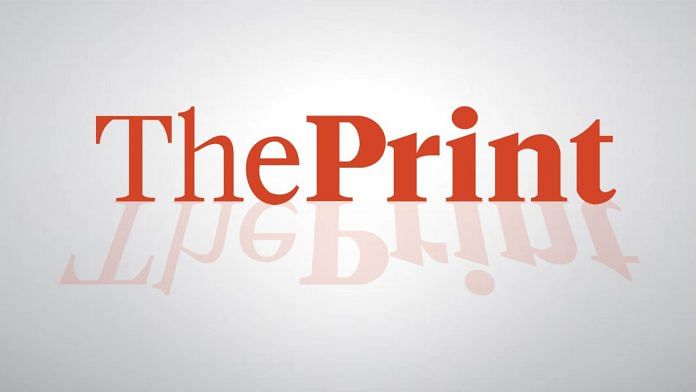New Delhi, Jul 31 (PTI) More than 640 million litres of sewage continues to flow untreated into the Yamuna river every day despite the completion of nine major projects under the Namami Gange Programme in Delhi, according to government data shared in Lok Sabha on Thursday.
In a written reply, Minister of State for Jal Shakti, Raj Bhushan Choudhary, said Delhi generates approximately 3,596 million litres per day (MLD) of sewage.
The Delhi Jal Board (DJB) operates 37 sewage treatment plants (STPs) with a total installed capacity of 3,474 MLD. As of June 2025, 2,955 MLD was being utilised, Choudhary said.
However, only 2,014 MLD of treated sewage from 23 STPs met the discharge standards of the Delhi Pollution Control Committee (DPCC), while 14 STPs remained non-compliant. About 641 MLD of sewage remains untreated and enters the Yamuna or its drainage network, the minister said in the reply.
The Central Pollution Control Board (CPCB) is monitoring water quality at four locations in Delhi — Palla, Nizamuddin, Okhla Barrage, and Asgarpur.
While the river at Palla showed relatively better water quality, data from January to June 2025 indicated critically high levels of Biochemical Oxygen Demand (BOD) and faecal coliform downstream.
At Nizamuddin, BOD levels ranged between 37 and 52 mg/L while faecal coliform counts went up to 7.9 lakh MPN/100 ml.
At Okhla Barrage, BOD values reached 50 mg/L and faecal coliform peaked at 9.2 lakh MPN/100 ml, the minister said.
Asgarpur recorded the worst contamination, with BOD levels up to 72 mg/L and faecal coliform touching 1.6 crore MPN/100 ml.
The prescribed limits for river water are BOD below 3 mg/L and faecal coliform under 2,500 MPN/100 ml.
MPN/100 ml stands for Most Probable Number per 100 millilitres, which is a statistical method used to estimate the number of bacteria or microorganisms in a water sample, specifically when direct counting is difficult or not feasible.
The CPCB also conducted annual inspections of Grossly Polluting Industries (GPIs) along the Yamuna in Delhi.
In 2024, 189 GPIs were inspected, of which 158 were operational and 31 were self-closed. Among the operational units, 49 were found non-compliant with the discharge norms or lacked valid consent to operate. These were served with 40 show-cause notices and nine closure directions by the concerned pollution control boards.
Under the Namami Gange Programme, nine projects with a combined sanctioned cost of Rs 1,951.03 crore have been completed in Delhi, creating a sewage treatment capacity of 1,268 MLD, government data showed.
The major works included construction of 564 MLD and 318 MLD treatment plants and rehabilitation of trunk sewers and rising mains.
Since January 2025, a total of Rs 140 crore has been allocated for Yamuna cleaning efforts in Delhi, out of which Rs 108.31 crore has been utilised.
The Jal Shakti Ministry said the cleaning of Yamuna is an ongoing process, with financial support extended to the states of Delhi, Haryana, Uttar Pradesh and Himachal Pradesh. PTI UZM ARI
This report is auto-generated from PTI news service. ThePrint holds no responsibility for its content.




